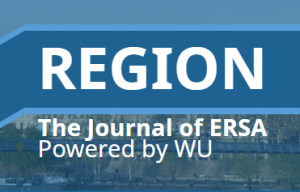Spatial Analysis of the COVID-19 Pandemic in Hungary – Changing Epidemic Waves in Time and Space
Region Vol. 8. No. 2. pp. 147-165 Journal of ERSA (European Regional Science Association). Published: 2021-12-10
Kollégáink, Páger Balázs, Szabó Tamás és Kovács Sándor Zsolt (KRTK RKI), valamint Uzzoli Annamária (CSFK) és Fábián Attila (Soproni Egyetem) társszerzőségében jelent meg a REGION folyóirat cikke, mely a koronavírus járvány regionális különbségeit és területi dinamikáját elemezi a különböző járványhullámok magyarországi adatai alapján.



